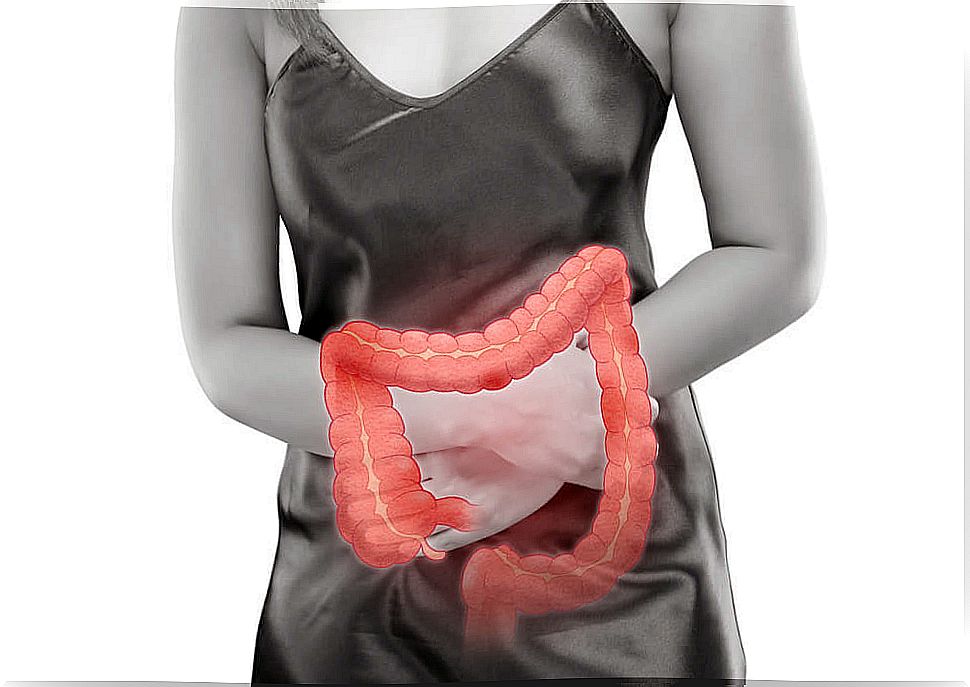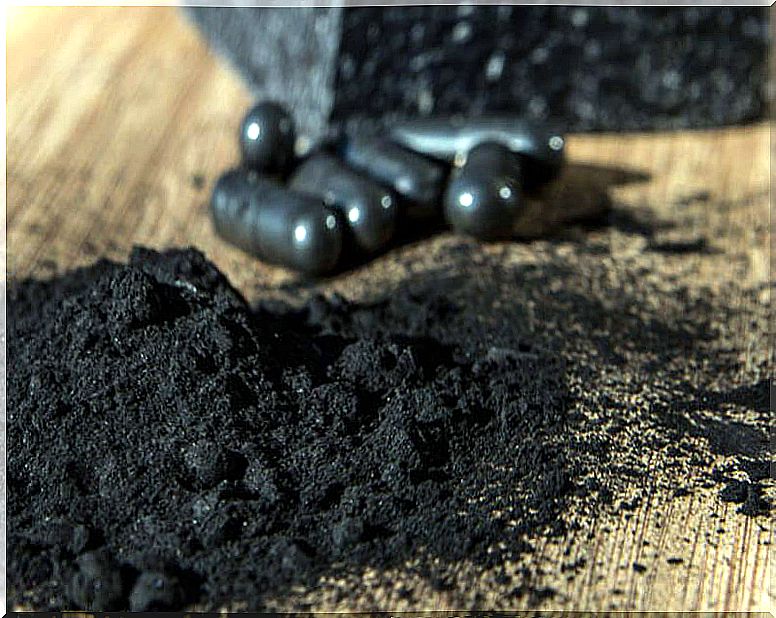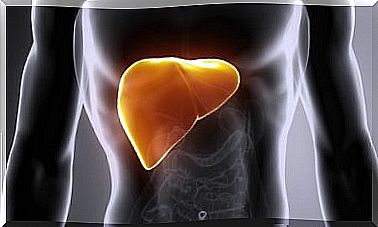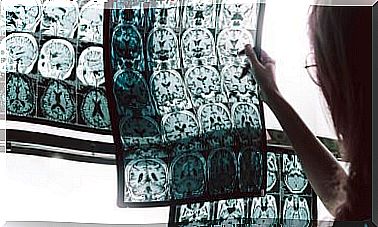Activated Carbon Administration
Activated charcoal is a substance widely used to adsorb drugs and toxins present in the gastrointestinal tract.
Its use has also been extended in the aesthetic field. However, below we will focus on its applications within medicine and, specifically, in cases of poisoning.
Activated carbon
Activated carbon is a highly porous, crystalline, carbonaceous powder. This high porosity gives it the ability to retain other molecules of liquids, gases or vapors, in a phenomenon known as adsorption. In adsorption, the solid surface, the adsorbent, holds the adsorbate, which can be an atom, ion, or molecule.
Due to these properties, this powder is used in different separation processes. Some of its applications are:
- Metal extraction.
- Purification of drinking water.
- Sewage treatment.
- Car emission controllers.
- In medicine, in cases of poisoning.
Activated charcoal to treat poisonings

The administration of this substance to treat gastric poisoning has three possible objectives:
- Reduce intestinal absorption of orally ingested toxins. This is because activated carbon adsorbs and retains these toxic compounds as they pass through the gastrointestinal tract.
- Facilitate the elimination of these toxins that are absorbed in the general circulation.
- Treat chronic poisonings, accelerating the elimination of substances with a long half-life.
It is usually administered through a nasogastric tube and dissolved in water, carrying out a gastric lavage. Maximum efficiency is usually achieved around one hour after the wash has been carried out.
However, on certain occasions and when the patient is conscious, they may be asked for their collaboration and administered this substance orally, without the need for a probe. It can be used as a single dose or in repeated doses and is effective in poisoning by various compounds, such as: aspirin, digoxin, phenobarbital, anticholinergics, opioids …
Characteristics of activated charcoal used in poisonings
Although there are numerous types of activated carbon, however, in the medical field, and specifically for its use in gastric decontamination, said compound must comply with the following:
- It must be microporous. This is due to the fact that the toxins to be eliminated have a diameter of less than 2 nanometers, while harmless organic molecules such as proteins and fats are larger.
- It must be of plant origin. Coals of mineral origin should be avoided, since they present metallic compounds such as sulfides that can be absorbed in the intestine and be toxic to the body.
- It must be thermally activated. There are different activation processes for this compound, which give it its adsorbent capacity. However, in these cases thermal activation is preferred as it produces a carbon that is harmless to the body.
Considerations to take into account

There are cases in which the administration of activated charcoal is not recommended. This is the case in patients with unprotected airways, for example, if they are intubated, since in these cases the nasogastric tube necessary to administer activated charcoal could be dangerous.
Gastric lavage using activated charcoal is also not recommended in patients at high risk of gastric perforation, as it may worsen their condition. This is the case of people with intestinal bleeding or those with other types of added diseases.
Also, due to the toxin adsorbing capacity of activated charcoal, it can interfere with other drugs administered to the patient. Therefore, the absorption time of the drugs to be used must be carefully studied to avoid possible interferences between the two treatments.
Other applications of activated carbon
Activated charcoal can also be used to treat other milder gastrointestinal conditions, such as indigestion or flatulence. In these cases, the mineral is administered in small amounts through capsules.
Another of its applications, which is not without controversy, is that of the treatment of infections by microorganisms. Proponents of this type of treatment claim that activated charcoal is capable of adsorbing the bacteria causing the infection and helping their elimination through the feces.
Finally, activated charcoal can also be applied in the form of a dressing, on the skin, in cases of wasp or bee stings, in order to eliminate poisonous toxins.









